The COVID-19 pandemic has affected all of us in some way. The prevalence of anxiety, depression, and other mental health issues have increased significantly. Thousands of people lost employment, and even more lives have been lost due to COVID-19 or COVID-19 related complications. Many parents are feeling the pressure of balancing working from home while simultaneously managing their children’s remote learning. Social isolation has resulted in chronic loneliness and boredom which can be detrimental to our mental health and wellbeing. People are also struggling to connect more than ever. The sudden cataclysmic events have brought to light the frightening realization that spending time alone was not something we were prepared for. Below are just a few ways to support your mental health this year:
Source: Gunshow Comic
1. Start a Hobby
Staying productive and starting a new hobby can have a positive effect on your mood. Hobbies come in all shapes and sizes and budgets! The benefits of engaging in a new hobby are numerous. Having a hobby can help get you out of work mode and take you out of your everyday routine. Some hobbies such as online video games, require a social element which can help ease feelings of loneliness. What’s most important is to find a hobby that brings you pleasure.
Source: Buzzfeed
2. Find Meaning in Each Day
At the beginning of the pandemic, people were panic-buying supplies out of a fear of scarcity. The need to feel safe, secure, and find some sense of purpose when isolated helped many sustain some semblance of normalcy. Viktor Emil Frankl, a Austrian psychiatrist and psychotherapist said, “life is never made unbearable by circumstances, but only by lack of meaning and purpose.” When it is impossible to change your surroundings, you are challenged to change yourself and your cognitions. Frankl reiterated that you can find meaning by expressing yourself creatively, interacting authentically with your surroundings, and changing your attitude about a situation.
3. Make Self Care a Priority
According to the International Journal of Nursing Studies, having a self care routine contributes positively to mental health and can lead to a longer life. The World Health Organization defines self care as the ability to promote, prevent, and maintain your health with or without the support of a healthcare provider. Self care can look differently for everyone -- it is generally best to experiment to discover what works best for you.
Some examples of self care include:
Moving your body. This could look like engaging in some gentle stretching, going for a walk, or dancing around your home. Research shows that engaging in aerobic exercise can boost self esteem and promote mental wellbeing.
Getting quality sleep. Giving yourself the opportunity to rest and recharge is essential for your mental health.
Taking a break from screens. Excessive screen time has been shown to have negative effects on mental health.
Meditating. Incorporating meditation or mindfulness meditation into your day can improve cognitive function and feelings of overall well being.
Taking in natural sunlight. Your circadian rhythm signals your body when to sleep, and when to be active. Controlling your exposure to sunlight or bright lights can help you sleep better at night and wake up refreshed.
Baking a new recipe. Baking is a great way to express creativity and practice mindfulness which can reduce stress.
Tending to your garden or house plants. Snake plants can survive with minimal amounts of care and they help filter the air. Even better, fill your home with cacti, as long as they get some light they don’t care if you forget about them for a while. According to Jennifer Scriven, a Business Development Manager at Axcess Merchant Services, having cacti on your desk can increase productivity and reduce stress.
Whatever you decide to do, be compassionate with yourself through this process until you find what works best for your needs. Reducing your stress and focusing on improving your mental health will benefit not only you, but those around you. Gradually incorporate these changes to prioritize your mental health and stay motivated.






























